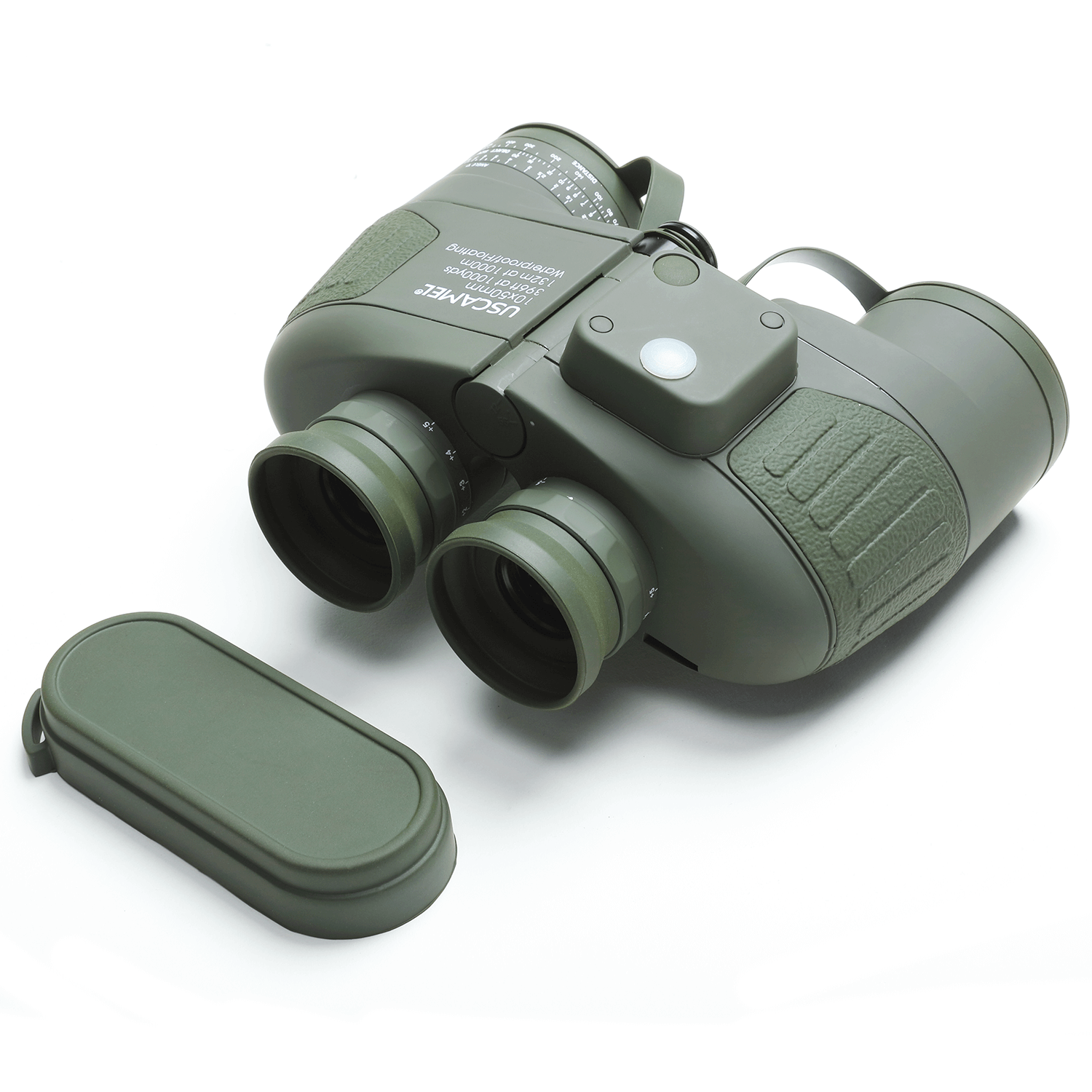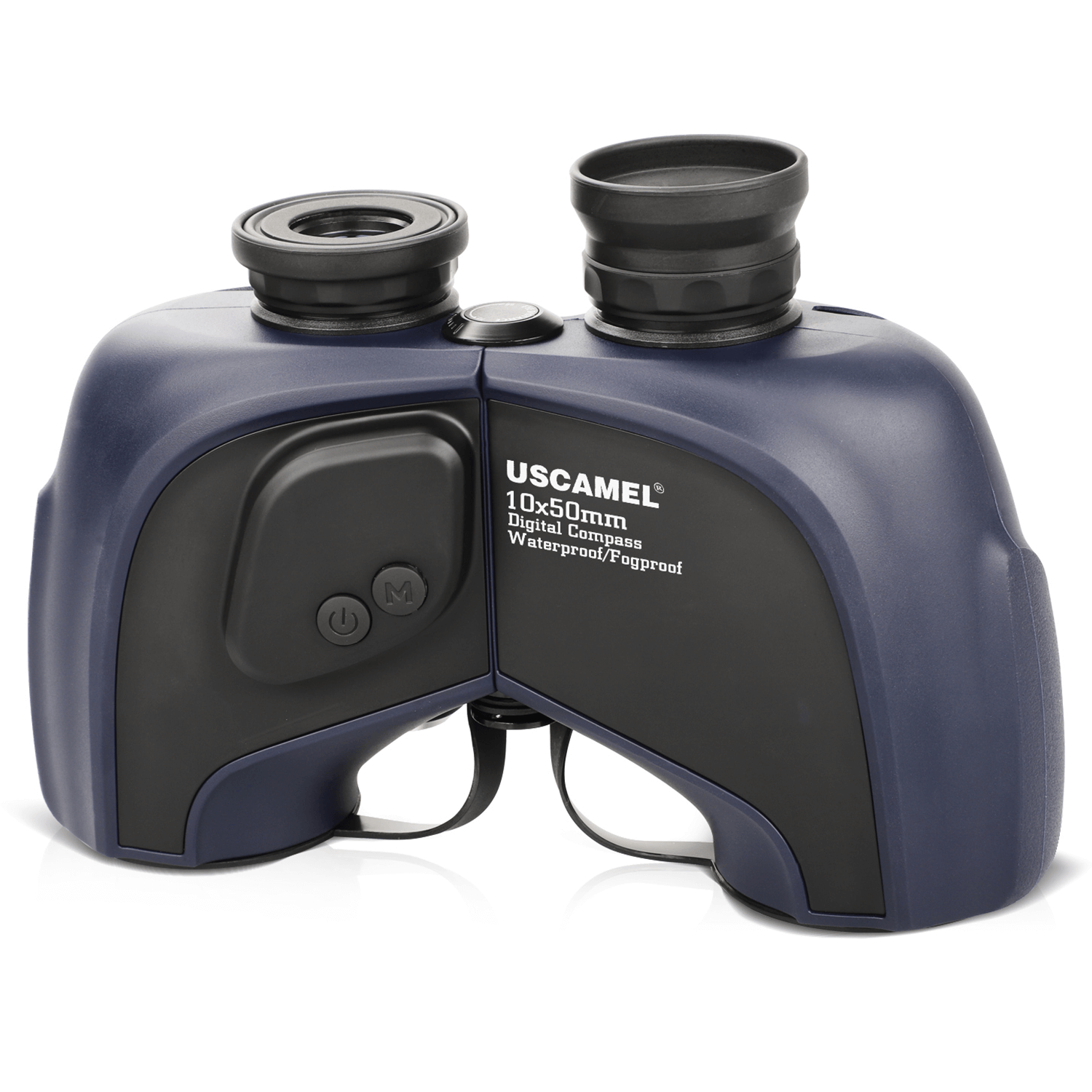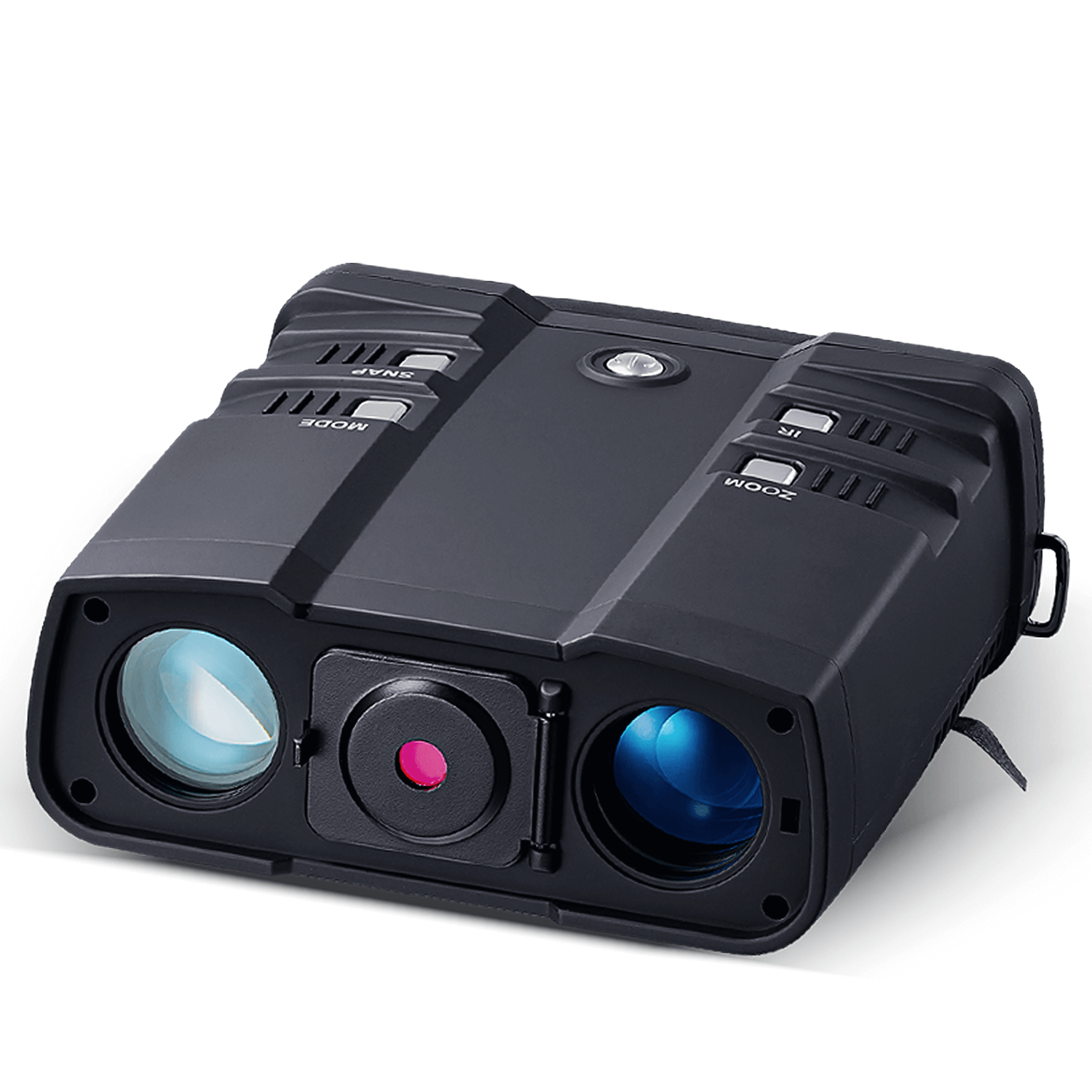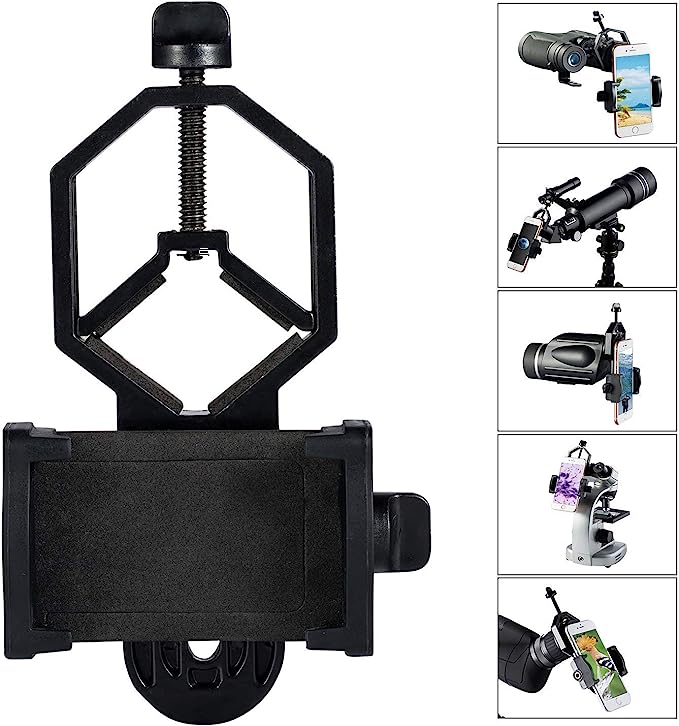The crater Tycho is not visible to the naked eye, but its presence can be noticed when the Moon is full. Tycho has the largest ray system on the Moon, which can be easily seen by the naked eye and appears to converge at the southern face of the Moon, the exact location of Tycho itself. With a diameter of 87 kilometers, Tycho is a magnificent crater that spans an area equal in size to some of the largest metropolitan cities on Earth. It features all the typical features of large lunar craters, such as a central peak, flat floor, terraced walls, and secondary craters.
What sets Tycho apart from other similar sized craters is its stunning ray system that stretches 3,000 kilometers across the face of the Moon. The Tycho crater was created by the oblique impact of a projectile arriving from the west, resulting in its ejecta and ray structure primarily streaming towards the east. The eastern territories near Tycho are dotted with hundreds of small secondary craters, while the western region remains smoother.
A study of the Baptistina family of asteroids suggests that these projectiles may have been responsible for both the Tycho impact on the Moon and the later Earth impact that created the Chicxulub crater in the Yucatan 65 million years ago. The worldwide repercussions from the Yucatan impact are believed to have contributed to the extinction of the dinosaurs. If this connection between the two events is true, then when we look at Tycho and its beautiful rays across the southern face of the Moon, we are seeing one of the reasons why humankind evolved on this Earth.





